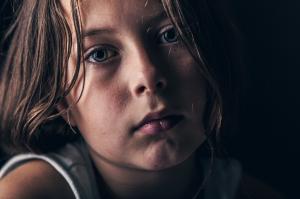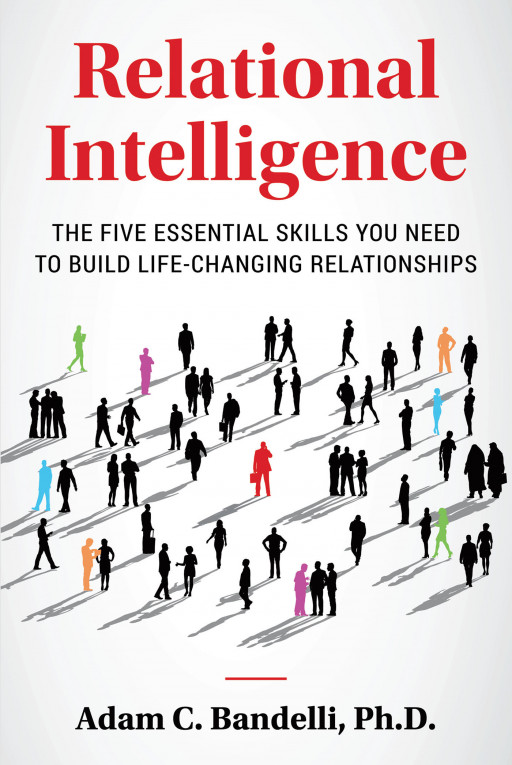Health - Trend Magazine originally published at Health - Trend Magazine
Responding to federal data on increased suicide attempts by children taking antipsychotics, a mental health industry watchdog reiterates warning that psychotropics are linked to suicidal and homicidal acts, requiring government action
Responding to data on increased suicide attempts by children taking antipsychotics, watchdog warns that psychotropics are linked to suicidal and violent acts
LOS ANGELES, CALIFORNIA, UNITED STATES, June 6, 2022 /EINPresswire.com/ — Suicides among young people have been on the rise with federal data reporting that among those 10 to 24 years old, overall rates of deaths by suicide in the U.S. increased 57% from 2000 to 2018.[1] More and more of these attempts are from ingesting toxic substances or overdosing on medications, a study finds. From 2015 to 2020, researchers also found suicide attempts using chemicals, including antipsychotics, soared by 28% among those aged 6 to 9 years old. The Citizens Commission on Human Rights International, a mental health industry watchdog, says the increase in children being prescribed mind-altering chemicals is a shocking reflection on the risks being taken with young minds because many of the prescriptions carry a warning of suicide and violent behavior.
Researchers from the University of Virginia School of Medicine found that the most commonly abused substances are the pain relievers acetaminophen and ibuprofen, but these were followed by atypical antipsychotics which are increasingly prescribed not only for psychosis, but also for depression. Atypical antipsychotics are added to an antidepressant, despite benefits on functioning or quality of life ranging between very small and zero, according to a PLoS Medicine study.[2]
CCHR tracks prescription trends through the IQVia Total Patient Tracker Database and the 2020, 6.1 million of those aged 0–17 were taking a psychotropic drug, of which 30,632 were aged 0–5 taking antipsychotics.[3] According to Prof. David Healy, a leading international psychopharmacologist, antipsychotics can cause suicidal thoughts and feelings, even in healthy volunteers. In clinical trials submitted to regulators, olanzapine and risperidone have been linked to more completed suicides than other drugs.[4]
Psychiatrists prescribe antipsychotics to children in one third of all visits, drugs described as a chemical lobotomy because of their ability to disable normal brain function.[5]
IQ Via reports 2.1 million of those aged 0–17 are on antidepressants that can induce suicidal behavior and a further 3.1 million are taking psychostimulants that lists suicide as a withdrawal effect.[6] By December 2004, CCHR had documented at least 100 children in the U.S. committing suicide while taking antidepressants and many others had attempted it.[7]
In 2020, Australian researchers reported per-capita child, adolescent and young adult antidepressant dispensing (0–27 years old) and suicide (0–24 years) rates increased approximately 66% and 49% respectively. There was a 98% increase in intentional poisonings among 5- to 19-year-olds in New South Wales and Victoria between 2006 and 2016. Antidepressants likely increased youth suicide risk, the study found.[8]
All antidepressants carry the FDA’s “Black Box” warning, alerting that they may increase the risk of suicidal thinking and behavior in children and young adults.[9]
The increase in psychotropic drug prescriptions has also brought an increase in acts of violence. Between 2004 and 2012 there were 14,773 reports to the FDA’s adverse drug reaction report system on psychiatric drugs causing violent side effects including, 1,531 cases of homicidal ideation/homicide.[10]
In a sample of 11 teens who committed acts of senseless violence where psychotropic drugs were implicated leaving 50 dead and 108 wounded, more than half of the shooters also committed suicide. The youngest was 12 years old.[11]
Dr. Christopher Holstege, chief of the division of medical toxicology at the University of Virginia School of Medicine and a co-author of the current paper, said: “We began to notice an increase in younger aged children attempting suicide by acute overdoses in our clinical practice at [the University of Virginia Health System].”[12]
The greatest increase in self-poisonings between 2015 and 2020 occurred among 10 to 12 year olds at 109%. In the 13 to 15 age group, the increase was 30% and among 16- to 19-year-olds, it was 18%.[13]
A study published in Social Psychiatry and Psychiatric Epidemiology in June 2014 found that psychotropic drugs could make people nearly six times more likely to kill themselves, while having spent time in the previous year in a psychiatric hospital makes them over 44 times more likely to kill themselves.[14]
For these reasons, CCHR reiterates its call for mandatory toxicology tests when mass shootings and acts of violence are committed and for a database to register drug use found in the blood system of the perpetrator.
Read the full article here.
[1] Jeffrey Fluger, “A Growing Number of Young People Are Attempting Suicide by Self-Poisoning,” Time, 1 June 2022,
[2] “Atypical antipsychotics: overrated and overprescribed,” The Pharmaceutical Journal, 25 Feb. 2015, citing: Spielmans GI, Berman MI, Linardatos E et al. Adjunctive atypical antipsychotics for major depressive disorder: A meta-analysis of depression, quality of life, and safety outcomes. PLoS Med. 2013;10:e1001403
[3]
[4] Prof. David Healy, M.D., “Side Effects of Antipsychotics,” Rxisk, 2016,
[5] Kelly Patricia O’Meara, “Three-fold Increase in Mass Shootings in Step with Increased Psychiatric Drugging,” 19 Nov. 2013,
[6]
[7] “Drug Danger Cover-Up? Evidence of Suppressed Information,” Primetime Live, ABC, 9 Dec. 2004
[8] “Psycho-Pharma Front Groups Paid Million$,” CCHR International, 17 Aug. 2020, citing: Martin Whitely, et al., “Antidepressant Prescribing and Suicide/Self-Harm by Young Australians: Regulatory Warnings, Contradictory Advice, and Long-Term Trends,” Frontiers in Psychiatry, 5 June 2020,
[9] Op. cit., Kelly Patricia O’Meara
[10] Ibid.
[11] Psychiatric Drugs: Create Violence & Suicide, CCHR International, p. 29
[12] Op. cit., Jeffrey Fluger, Time
[13] Ibid.
[14] Matthew M. Large, Christopher J. Ryan, “Disturbing findings about the risk of suicide and psychiatric hospitals,” Soc. Psychiatry Psychiatr Epidemiology (2014), 49: 1353-1355, https://link.springer.com/article/10.1007/s00127-014-0912-2
Amber Rauscher
Citizens Commission on Human Rights
+12137983761 ext.
[email protected]
Visit us on social media:
Facebook
Twitter
![]()
Health - Trend Magazine originally published at Health - Trend Magazine

 ,
,




